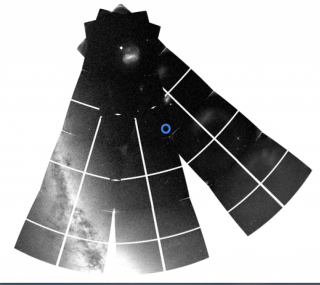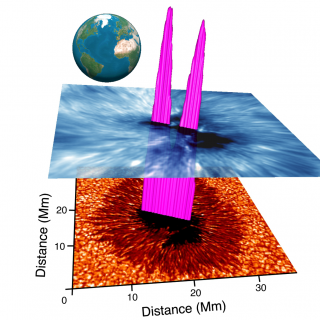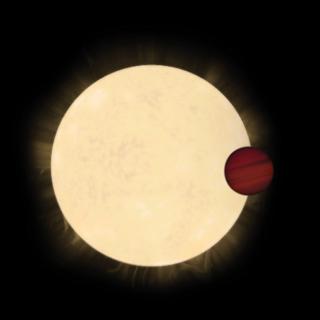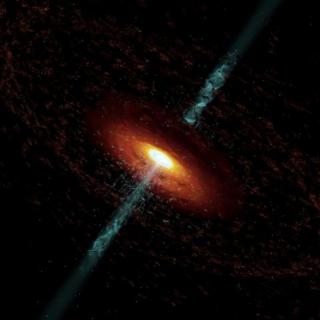
Earlier this year, a team of astrophysicists has revealed new insights on an ancient collision that our galaxy the Milky Way underwent with another smaller galaxy called Gaia-Enceladus early in its history. However the details on how and when that collision happened are not precisely known. The study of a single bright star called nu Indi, for which data from the NASA mission TESS (Transiting Exoplanet Survey Satellite), the ESA Gaia mission, and ground-based observations were combined, led to better characterize this event. Indeed, by applying a novel approach based on asteroseismology
Advertised on




